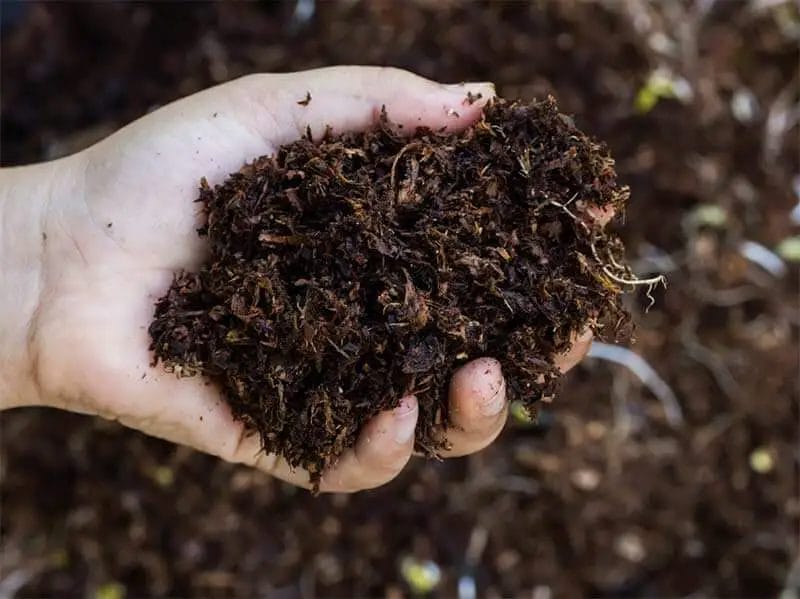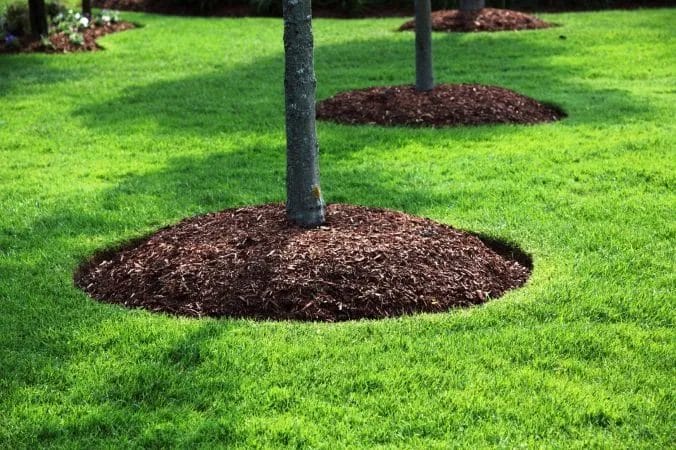
There’s a world of possibilities for gardening even in winter, and with the right approach, you can keep it thriving through the coldest months. By incorporating expert insights from Smith Brothers Services, including their landscaping and tree services, you can ensure your garden remains vibrant. In this post, you’ll discover seven necessary tips that will help you nurture your plants and protect your garden, enhancing its resilience against winter challenges. Let Smith Brothers Landscaping guide you to a flourishing garden, no matter the season.
Understanding Winter Gardening

To maintain a successful garden even in the frosty months, understanding winter gardening is important. This approach involves selecting the right plants, utilizing protective methods, and knowing how to adapt your gardening techniques to ensure that your plants thrive even in cooler temperatures. By embracing winter gardening, you not only extend your growing season but also enhance your skills and appreciation for nature’s resilience.
Benefits of Winter Gardening
Behind the beauty of winter gardening lies a series of benefits that can enhance your outdoor living space. You can enjoy a vibrant landscape year-round, improve soil health through crop rotation, and even experience less pest pressure during the colder months. Additionally, winter gardening allows you to harvest hardy crops that can be grown in colder temperatures, providing fresh produce even when most gardens are dormant.
Choosing the Right Plants
Against common belief, winter gardening offers a variety of options when it comes to plant selection. By picking hardy varieties, you can ensure your garden remains productive and colorful despite the cold weather.
But when choosing the right plants, focus on varieties known for their winter hardiness, such as kale, spinach, and various root vegetables. Additionally, ornamental plants like hellebores and winter heaths can provide gorgeous winter blooms. Keeping your local climate in mind will aid your selection process. Consult local experts, like the team at Smith Brothers Services, to find the best plants for your winter garden and to explore your landscaping options. Their knowledgeable staff can assist you in creating a durable, thriving winter garden and advise on tree services when needed.
Preparing Your Garden for Winter
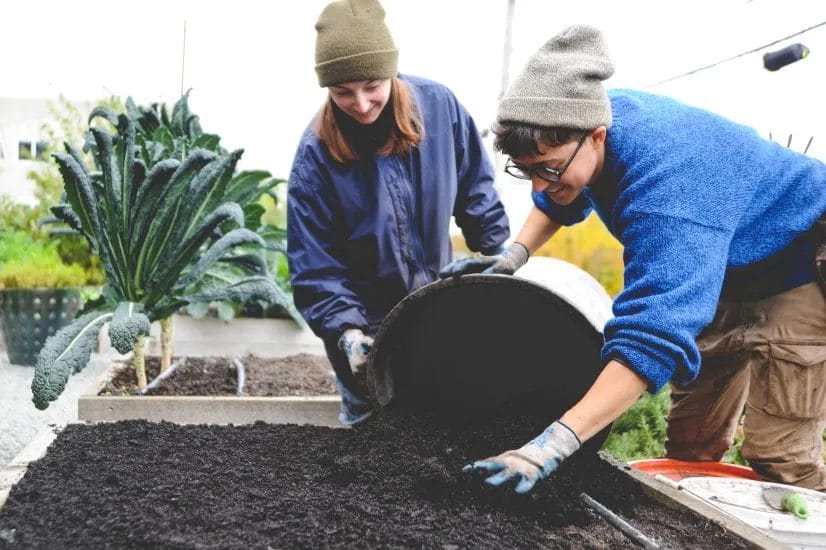
It’s vital to prepare your garden for winter to ensure its health and vitality come spring. Start by cleaning up fallen leaves and removing spent plants to prevent pests and diseases. Consider adding organic matter to rejuvenate your soil during this downtime.
Soil Health and Amendments
Above all, maintaining your soil’s health is imperative. Before winter settles in, amend your soil with compost or other organic materials to enrich it. This will not only boost nutrient content but also improve moisture retention, setting your garden up for success in the coming season.
Proper Mulching Techniques
One of the most effective ways to protect your garden during winter is through proper mulching techniques. A thick layer of mulch acts as insulation, preventing temperature fluctuations that can harm roots and soil life, keeping them comfortable throughout the cold months.
The right mulch can also suppress weeds, allowing your plants to thrive without competition for nutrients and water. As you lay down mulch, aim for a thickness of 2-4 inches and use organic materials like leaf litter, straw, or wood chips to enhance soil health. Regularly check and replenish mulch as needed to ensure continuous protection until spring arrives.
Winter Planting Strategies
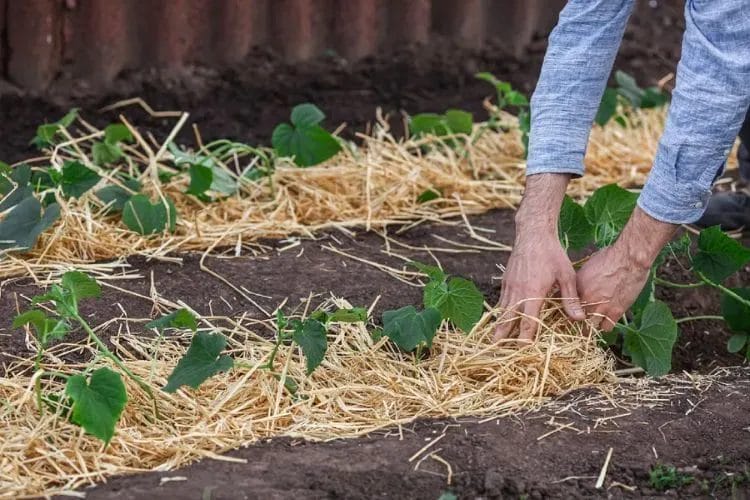
Keep your garden thriving even in the chillier months by adopting effective winter planting strategies. Selecting the right plants, understanding their needs, and timing your planting can make all the difference. By utilizing protective measures like row covers and mulches, you can ensure your garden endures winter’s harshness while preparing for an abundant spring. Don’t hesitate to seek out professional assistance from Smith Brothers Services to optimize your winter gardens, including advice from their tree services experts.
Timing Your Planting
One of the most important aspects of winter gardening is timing your planting effectively. Early winter is ideal for sowing seeds that thrive in cool temperatures, such as certain greens and root vegetables. Planting in accordance with your local climate zone can maximize your plants‘ potential for growth, ensuring your garden remains productive through the season.
Indoor vs. Outdoor Planting
Below, you’ll find that deciding between indoor and outdoor planting can significantly impact your winter gardening success. Indoor planting allows you to control the environment, providing warmth and protection to delicate seedlings. Conversely, outdoor planting can benefit cold-weather crops that can withstand freezing temperatures, but requires careful planning to shield them from extreme conditions.
For instance, many gardeners opt to start herbs and hardy greens indoors in containers, which you can later transplant outside once the danger of frost has passed. Alternatively, you might choose to plant cold-resistant species, such as kale and carrots, directly in your outdoor garden. Understanding the pros and cons of both methods will help you create a balanced winter strategy tailored to your specific landscape, potentially leveraging Smith Brothers Landscaping services for expert guidance on maintaining both indoor and outdoor plants during the winter months.
Protecting Your Garden from Harsh Weather
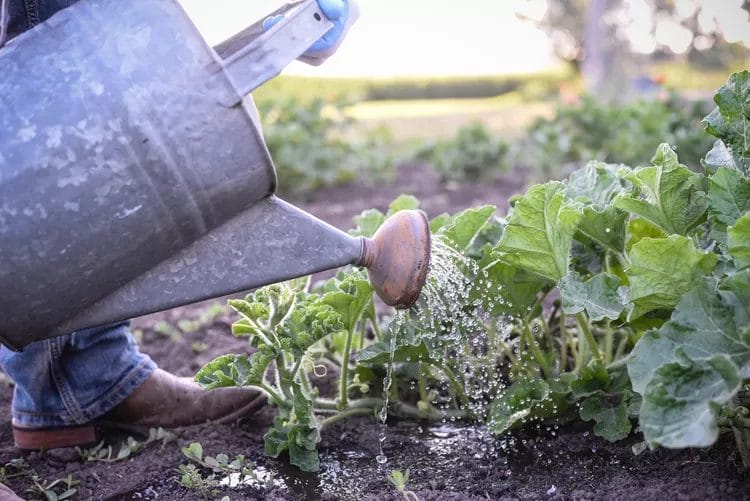
For a successful winter garden, safeguarding your plants against severe weather conditions is necessary. Exposure to cold temperatures, frost, and strong winds can damage or kill your plants, so implementing protective measures will help maintain their health and vitality. Use various techniques to ensure that your garden flourishes even in the chilly months, allowing you to enjoy your gardening efforts all year round.
Using Cold Frames and Greenhouses
To create a microclimate that shields your plants from the harsh elements, consider utilizing cold frames or greenhouses. These structures provide insulation and maintain warmer temperatures, enabling your plants to thrive even in winter. They also offer protection from wind, frost, and snow, ensuring that your seedlings and tender plants remain safe as you nurture them through the colder months.
Covering and Insulating Plants
Behind every thriving winter garden lies the practice of covering and insulating your plants. Using materials such as burlap, frost cloth, or even straw can provide vital insulation from freezing temperatures. Layering these materials around delicate plants or placing them directly on the soil can help maintain a more stable temperature, reducing the risk of frost damage and promoting healthy growth throughout the winter months.
Protecting your plants with coverings and insulators is an effective way to ensure their survival during winter months. Materials like burlap allow for air circulation while still keeping the cold at bay, preventing frostbite on tender leaves. Ensuring that the ground is well-mulched can also help retain heat and moisture. By taking these steps to shield your plants, you’re not only enhancing their chances of thriving but also reducing the likelihood of damage that could set your gardening plans back come spring. For more tips and assistance on winter gardening, consider reaching out to smith brothers landscaping or smith brothers services for expert advice.
Watering and Nutrient Management

Many gardeners overlook the importance of watering and nutrient management during the winter months. Your plants still require attention, as winter conditions can lead to dry soil, especially if there’s no snow cover. Ensure you monitor soil moisture levels and water sparingly, focusing on the needs of your plants. Additionally, consider the unique requirements of your winter garden to maintain healthy growth throughout the colder season, allowing your garden to thrive until spring arrives.
Winter Watering Techniques
Before you turn on the hose, assess the weather conditions and the moisture levels in your soil. Water your plants during the warmer parts of the day to prevent freezing, ideally when temperatures are above 40°F. Use a slow and steady approach to watering, ensuring that the moisture reaches the roots without saturating the soil. This technique will help maintain healthy hydration levels for your plants while avoiding potential frost damage.
Fertilizing in Cold Months
Any fertilizer application during winter should be approached with caution. In general, the growth of most plants slows down, so excessive fertilization might do more harm than good. Instead, focus on applying slow-release fertilizers that provide crucial nutrients over time, ensuring your plants receive what they need without the risk of stimulating unwanted growth in cold weather.
At this time of year, it’s advisable to choose fertilizers specifically designed for winter use, which can reinforce your plants’ resilience against cold stresses. Look for products that contain important micronutrients, as they can help your evergreen plants maintain their vibrancy. If you’re unsure about your lawn or garden’s needs, consult with experts from Smith Brothers Landscaping or Smith Brothers Tree Services to provide tailored advice for effective winter fertilization strategies.
Pest and Disease Management
Unlike summer gardening, winter gardens face a unique set of pests and diseases that can thrive in the cold. Your vigilance is important to protect your plants during this vulnerable season. Proper pest and disease management will help ensure your garden stays healthy and vibrant even in winter. Utilize effective strategies to identify threats early, and don’t hesitate to seek help from reputable services like Smith Brothers Landscaping for targeted treatments.
Identifying Winter Pests
The key to managing pests in winter is recognizing them before they can cause severe damage. Common culprits include aphids, spider mites, and whiteflies, all of which may thrive in warm spots of your garden. Take time to inspect your plants closely, as early detection simplifies the corrective measures you can take to safeguard your garden. Engage with Smith Brothers Services to help identify and effectively manage these pests.
Preventative Measures and Treatments
Below are some effective preventative measures and treatments to keep your garden free of winter pests. Regular inspections and prompt removal of affected plants can greatly reduce pest populations. Another helpful tactic is to implement companion planting, which deters pests naturally. Employing organic sprays can also mitigate pest invasions without harming beneficial insects. For best results, consider consulting with Smith Brothers Tree Services to tailor the right solutions for your landscape needs.
Pests can rapidly multiply in your winter garden if left unchecked. Offering your plants proper care, such as healthy soil and adequate hydration, aids in building natural defenses against invasive species. Incorporating barriers like row covers can also provide additional protection from pests while allowing sunlight and moisture to reach your plants. By being proactive and utilizing professional services like Smith Landscaping, you’ll create a resilient landscape, even through the winter months.
To wrap up
Hence, by implementing these winter gardening tips, you can ensure your garden remains vibrant and productive, even in the colder months. Whether you’re using services from Smith Brothers Landscaping or seeking advice on tree maintenance from Smith Brothers Tree Services, your garden will flourish with the right strategies. Ensuring proper protection, planning ahead for planting, and utilizing tailored techniques can transform your outdoor space year-round. Trust in Smith Brothers Services to assist you in maximizing your gardening potential, keeping your landscape pristine and thriving through all seasons.



